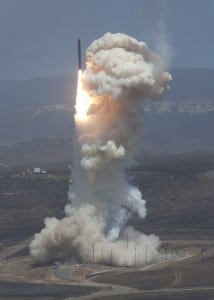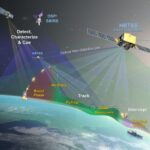
A member of the Senate Armed Services Committee said April 7 that the United States should more than double its inventory of long-range, ground-based interceptors to defend against North Korea’s growing ballistic missile threat.While the Ground-based Midcourse Defense (GMD) system is on track to reach 44 interceptors, mostly at Fort Greely in Alaska, by the end of 2017, Sen. Dan Sullivan (R-Alaska) said the number should be increased further, to as many as 100. Sullivan cited estimates that North Korea,…

 By
By 









